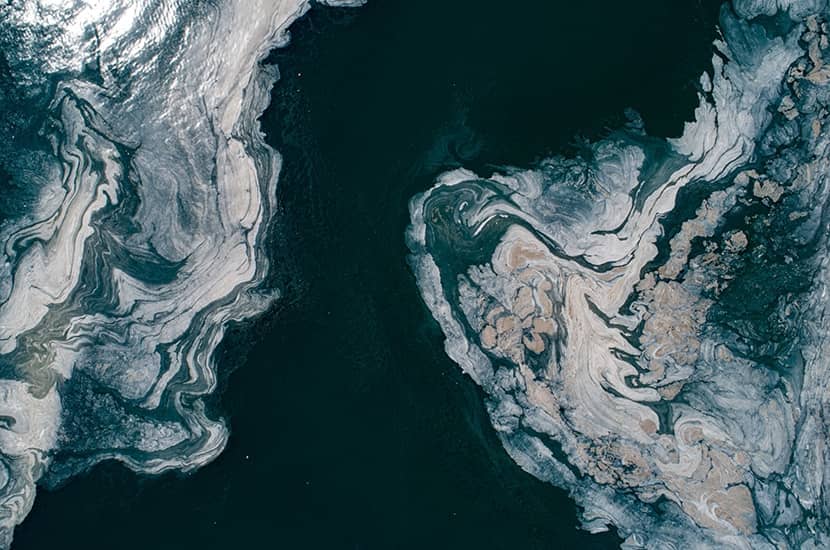As humans, we are supposed to have an aversion to slime. It should repel us. Objects and organisms that might be harmful trigger feelings of disgust which keep us away. And, according to the biologist Susanne Wedlich, the common denominator of ‘wide-ranging microbial threats, covering sickness, sex, death and putrefaction’ is their sliminess. It is easy to test this theory. Google ‘slime moulds’ and note your first response. They are gross.
But these organisms are worth sticking with. Japanese researchers once conducted an experiment using a slime mould and a map of the country. They put the mould on top of Tokyo and dropped food on to the city’s surrounding towns. A little while later the mould had left a trail that closely replicated the city’s underground system. It had figured out the same efficient way to travel as the city’s planners.
Slime is found in the most extreme habitats: hot springs, icebergs, active volcanoes and radioactive water
Disgust is a blunt instrument, however, designed only to keep us safe. This means we pay less attention to slime and know less about it than we should. This is the thrust of Wedlich’s book, which persuades us to hold our gaze on something we are pre-programmed to look away from. She argues convincingly that slime is ubiquitous, essential and a threat to life on our planet.
It is found in the most extreme habitats, from hot springs to frozen icebergs, active volcanoes to radioactive water. It enables biological processes that you didn’t know were ongoing and keeps out pathogens that you didn’t know existed. It is everywhere. The surface of the oceans comprises a layer of slime a fraction of a millimetre thick, known as the sea-surface microlayer, or SML.
This layer is made up of a carpet of marine nutrients which attracts microbes that form slimy biofilms as they consume their food.








Comments
Join the debate for just £1 a month
Be part of the conversation with other Spectator readers by getting your first three months for £3.
UNLOCK ACCESS Just £1 a monthAlready a subscriber? Log in